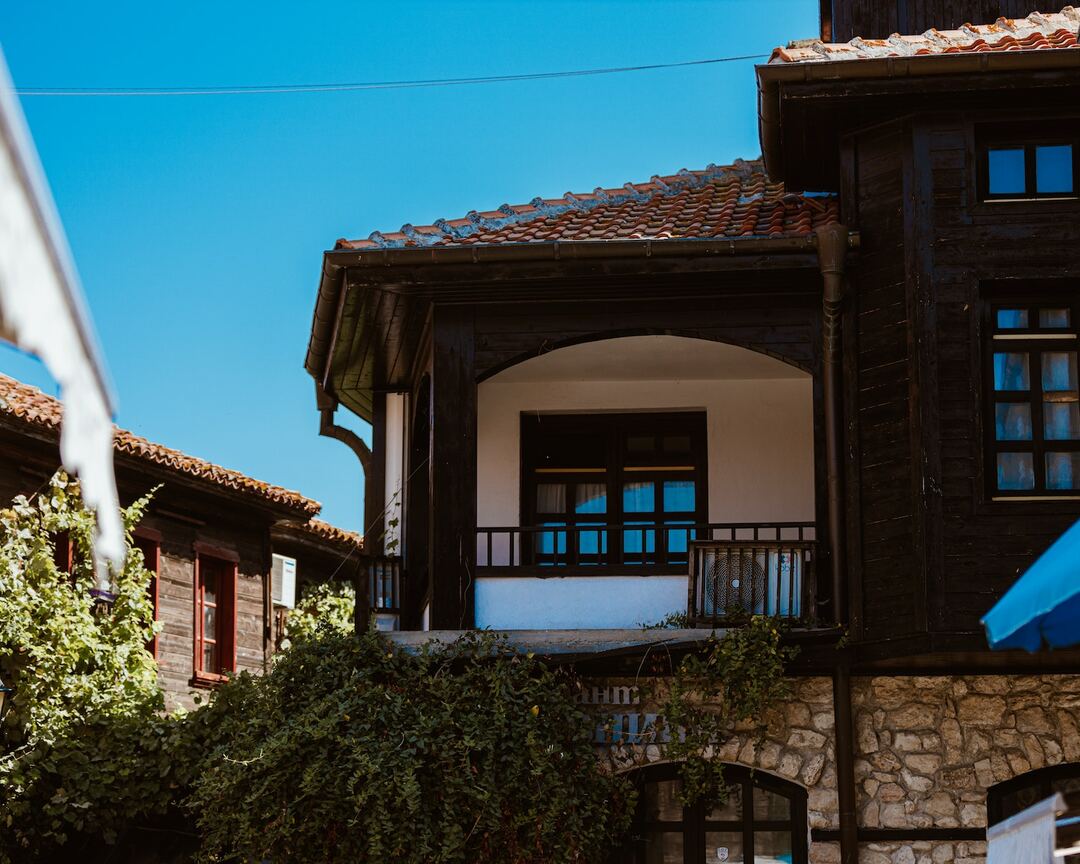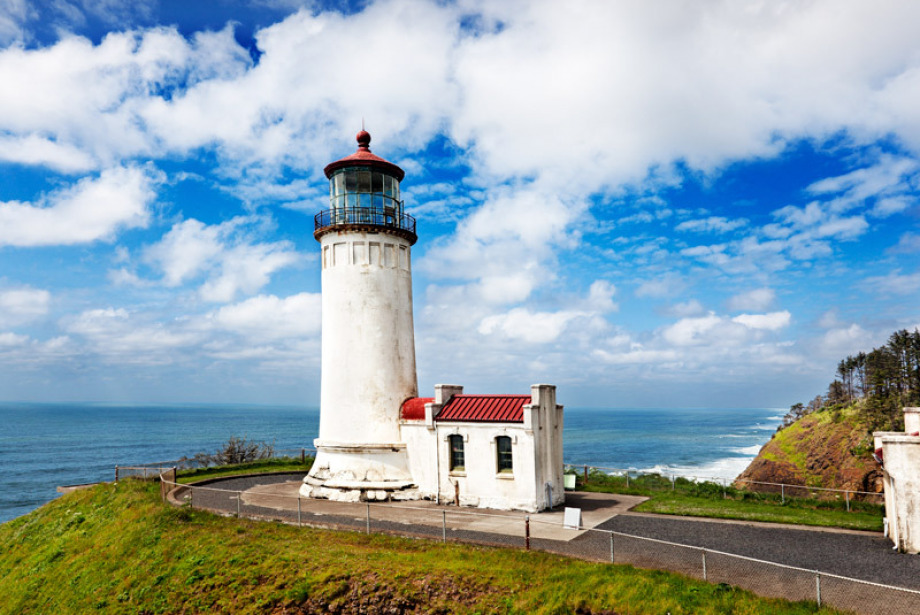Nessebar is a real piggy bank of history. The first inhabitants of this place – the Thracians – settled here in the II century BC. Nessebar has survived several devastating earthquakes but retained a large part of the ancient buildings. In the old town, you can rent a hotel room and every morning leisurely walk along the hilly streets and hail the rough walls that were seen by the Thracians, Greeks, Romans, Turks …
The city is conventionally divided into three parts. The embankment leads us along New Nessebar straight to Sunny Beach. Now “Slynchev Bryag” is a resort metropolis with all kinds of entertainment – from walking on a banana to playing in a casino.
Windmill

The mill has become the unofficial symbol of the city. This is the first attraction that tourists see. She greets guests on a narrow isthmus connecting the new city with the old one. And every year he collects a record number of photographs. The mill was built in the same style as the residential buildings of the old town: a massive wooden building stands on a solid foundation of light stone. From a distance, it seems that it is hovering above the ground. It is not known how long ago the mill was built, but the darkened logs of the walls and wings speak of old age. Inside the room is divided into three levels – the lower one was intended for storing grain, on average a miller lived with his family, and on the upper one, there were mechanisms that set the millstones in motion. True, for its intended purpose, the mill has not been used for a long time, seagulls now rest on its wings.
Church of the Holy Christ Pantokrator
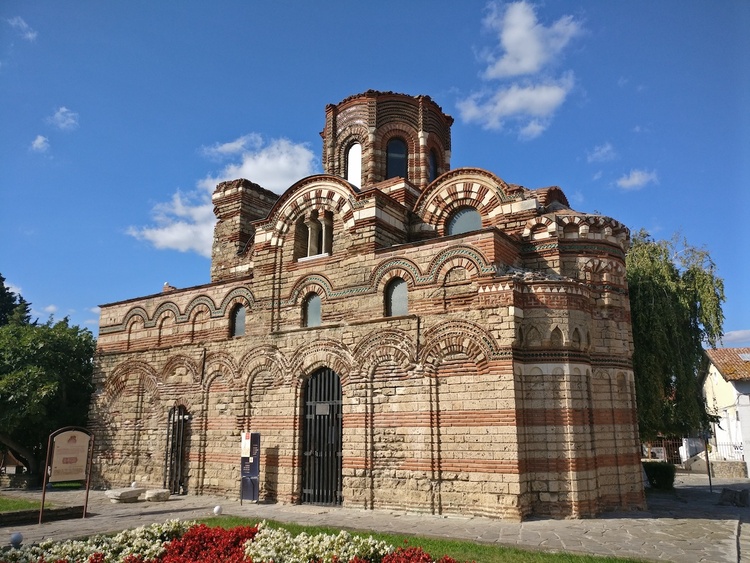
Orthodox Church in honor of the icon of Christ Pantokrator, that is, the Heavenly King or Almighty. It was built in the XIV century during the reign of Tsar Ivan-Alexander. Of the buildings of that time, the Church of Christ Pantokrator is the best preserved, although one of the domes is almost destroyed. On it you can study the Byzantine style: the church has a rectangular shape and three altar niches. Inside it is decorated with columns and semicircular apses, and outside – with decorative ceramic inserts. The church hosts temporary exhibitions. But even if there is no exposition, you can go in and see the fragments of frescoes and paintings that have survived to this day. Opening hours: in July and August 09:00 – 20:00 (in other months it works according to a reduced schedule) Ticket price: adult ticket three leva; child ticket is two levs.
Church of Hagia Sophia
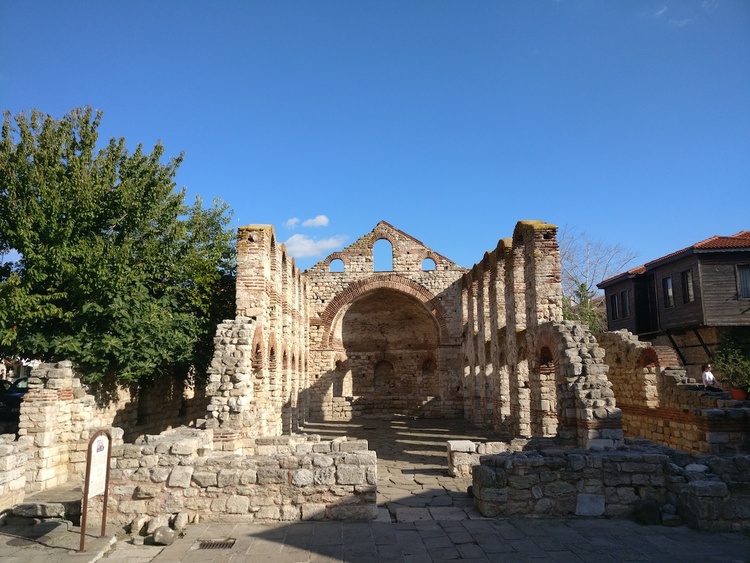
Built-in the 9th century on the site of the ancient Greek agora. Once it was the residence of the Metropolitan of Nessebar: the central church was richly decorated with frescoes and numerous church relics. For many centuries, it was the oldest and most impressive religious building in the city. The three-nave basilica was 30 meters long, and the floor was paved with colored mosaics. And even now, looking at the ruins of the temple, you feel helpless amazement at its beauty. During the robbery of 1257, many of the sacred relics and lush interior decorations were stolen by the Venetians. The church lost its former grandeur, but services in it continued until the 19th century. Until now, on one of the walls of the basilica, there is a marble slab with a prayer carved on it: “And let my cry reach You.”
Church of St. John the Baptist

The church was built in the 10th century and has survived several earthquakes. But despite this, it was perfectly preserved. Perhaps because the ancient architects knew how to avoid destruction from seismic activity. The foundation of the temple was lined with quarry, and for the walls, a very strong unhewn river stone was used. The church has been reconstructed more than once, often at the expense of wealthy citizens. In gratitude for the generous donation, a fresco appeared on one of the walls – a portrait of one of the patrons. And on the column, you can see a prayer written by order of another citizen. It reads: “Saint John, save me!” Opening hours: July and August 10:30 – 14:00; 14:30 – 19:00 (in other months it works according to a reduced schedule) Ticket price: an adult ticket is three levs; child ticket – two levs.
Antique store
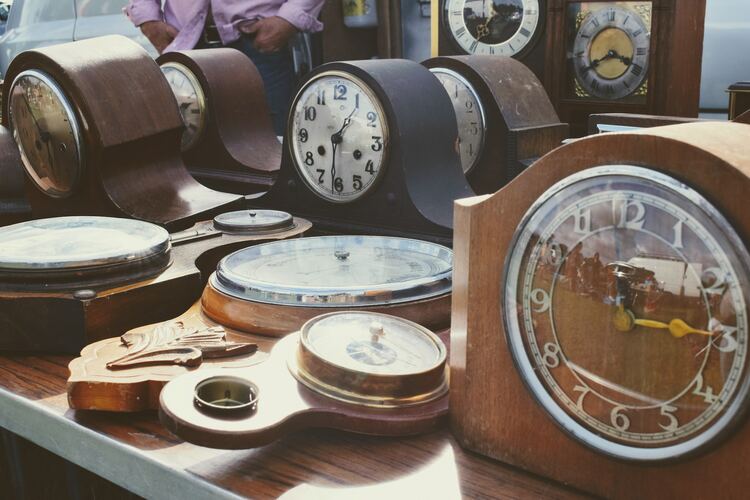
Bulgaria is famous not only for its beaches, where you can spend your slow, blissful vacation days but also for the huge number of antique shops. In the basement in the old part of the city, there is a shop for antiques (and not so) things. This is a paradise for collectors and lovers of treasure hunts on dusty shelves. There are old musical instruments, jewelry, coins, dishes, clothes. The owner Petar is not very accommodating, and it is not always possible to get a discount from him. He claims that he feels a good client in advance. The owner is often not inclined to communicate, but in this shop, they will never sell you too much. Of course, if you don’t want to.
Church of the Assumption of the Blessed Virgin Mary

This is the only functioning church in old Nessebar. Built-in honor of the icon of the Most Holy Mother of God in the 19th century. We can say that the church was erected for the icon: according to legend, it was once found on a tree. Several times the icon was removed from the branches and transferred to the temple. But every night she returned to her original place. Until one city woman saw the Mother of God in a dream. She said that a temple should be erected in place of the tree. Of all the old buildings in the city, this particular church has the largest number of mysterious stories. If you ask several residents of Nessebar to tell about it, be prepared to hear completely different legends. But they are united by one thing – love for their city and reverence for history.
Byzantine terms
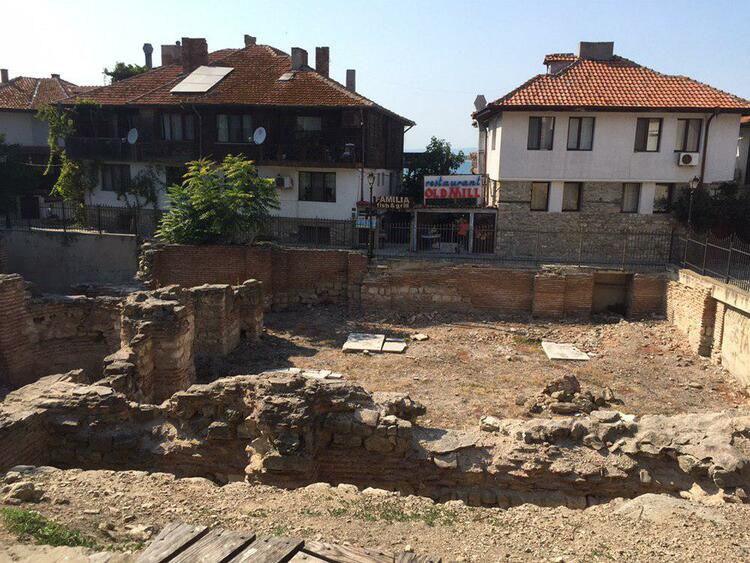
The classic antique baths were built in the 6th century AD during the reign of Justinian the Great. The baths occupied a vast space, and their design was thought out to the smallest detail. The complex consisted of a large number of rooms and pools. Thanks to the warm water that went through pipes through all the rooms, different temperatures were maintained in the rooms. People came here not only to wash. The small talk took place in the main hall. It was luxuriously decorated: historians say that it was covered with a huge dome, and the floor was tiled with marble tiles. During the invasion of Khan Krum in 812, the baths were destroyed. Local residents were not taken aback and stole stones to build their own houses. Nowadays, modern buildings are located on part of the territory of the former thermal baths. And it is difficult for us, looking at the ruins, to imagine the scale of the Byzantine structure.
Vinarna Messembria

The aroma of Bulgaria is a mixture of sea breeze, flowering rose bushes, and young wine. In the evenings, it is so pleasant to sit with a glass on the terrace overgrown with a sinewy loach and watch the light slip through your fingers, and the sky turns pink-orange. The wine here is the author’s – it is created by the owner’s daughter Vinarni. And the most interesting thing is that this wine is made not only from grapes. Be sure to try the drink made from rose petals, figs, watermelon, almonds, or pomegranate. The tasting is free. Here you can also buy cosmetics with natural rose oil. Ask the seller for help with the choice – he is well versed in the range. Like wine, any oil, perfume, or cream can be tasted. If you are flying with carry-on luggage, the store has kits with tubes up to 100 ml.
Art Shop ceramics store

This place is hard to miss – the doors are always open here, and quaint ceramic panels, plates, and multi-colored figurines of cats and fish hang on the doors. When you enter the store, you will see a smiling dark-haired man – this is the owner and ceramist Tikhomir. His workshop is located in a room right outside the door. Sometimes you can see how it works. Makes everything from earrings and magnets to huge ceramic paintings. Here you can also buy his works in oils and acrylics. Prices are average, and by the end of the season Tihomir arranges a sale – he drops about half of the cost.
Hemingway Restaurant

Enter the old town through the main gate. Immediately after entering you will see a wooden signboard – a swordfish with the name of the restaurant. This place is famous for its excellent menu and panoramic views of the bay. Here you can taste dishes of the national Bulgarian and European cuisine. Order a barbecue on skewers – the chefs know how to cook juicy and tasty meat. The restaurant also boasts a rich assortment of fish or seafood dishes. If you come here for dinner, you will hear live music. Take a table by the window – in the evenings the view is especially beautiful: the sky is golden, seagulls are circling in whitish spots, and the sea is creeping with lilac silk. Here Bulgaria is especially felt: unhurried, hospitable, and caressed by the sun. Average check: 20 leva.
Zhiva Riba Restaurant

As the name suggests, this restaurant only serves fresh fish. All fish are caught from huge tanks, which are located near the restaurant. Before sitting down at a table and opening the menu, visitors usually stroll along with the aquariums and observe the marine life. The selection of local fish is huge, there are mussels and crayfish. You can even order an electric stingray in the batter. For the fish, take the Shopska salad and potatoes with cheese. And “liver pepper with domaten sos”, if you want to know how the bell pepper is prepared according to the traditional recipe. The prices are average, and the chefs cook for themselves. For this (and for the welcoming smile of the waiter), the institution can easily be forgiven for its modest interior and a small variety of desserts. Average check: 17 leva.
Irakli beach

Paradise corner of the Black Sea. It is considered by many to be the best beach on the southern coast of Bulgaria. It is located just 15 km from the most popular beach, Sunny Beach. At the same time, it is almost always deserted and quiet. Irakli belongs to the territory of the park reserve, therefore it is protected from the building. There are no hotels, restaurants, discos, and noisy barkers here. Only nature in its original form. There is a campsite on the right side of the beach. Ecotourists and lovers of a free lifestyle stay here. And on June 1, hippies traditionally gather on the beach to watch the sunrise together. Rent a car to get to the beach.
Similar Articles




